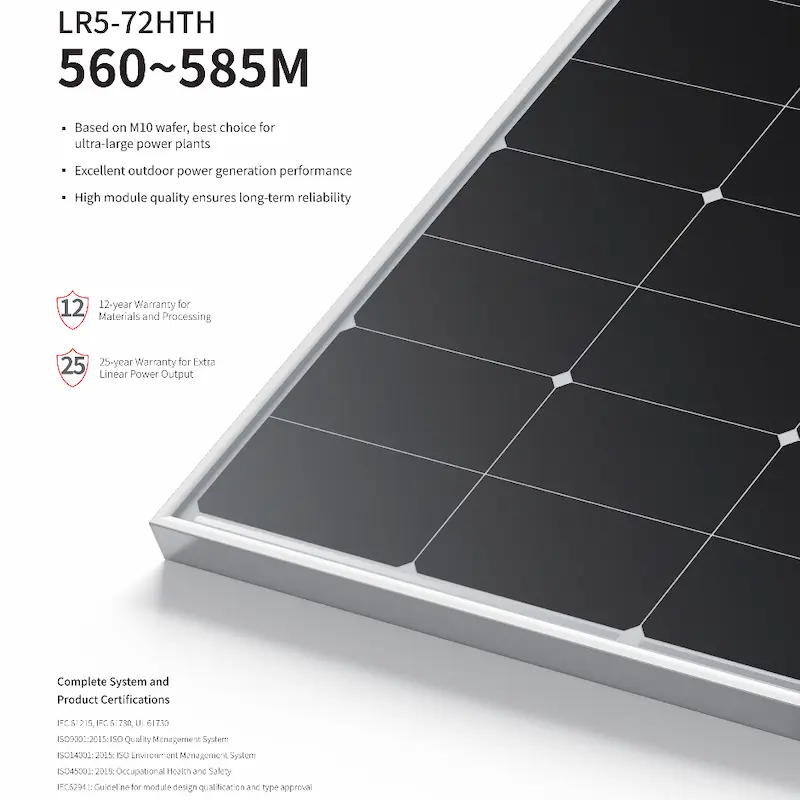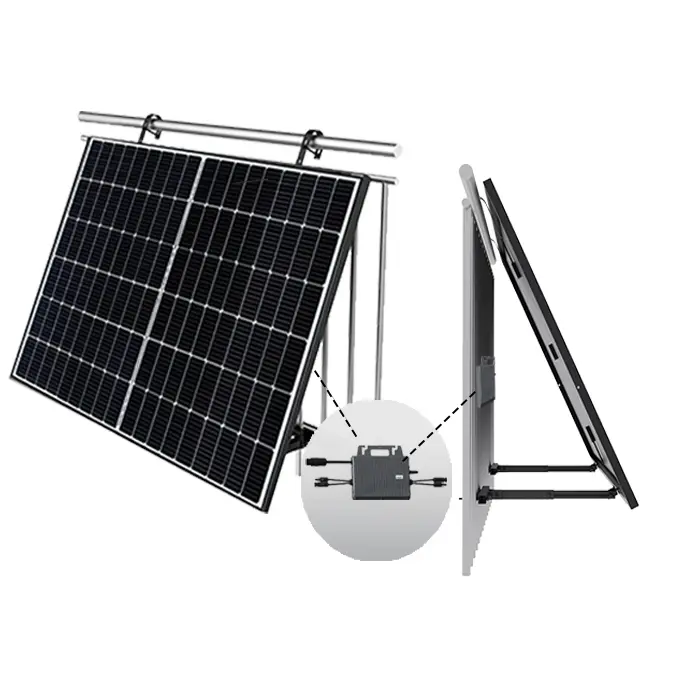How solar is installed on clay tile roofs
Clay tile roofs are a prominent feature across the American Southwest, known for their aesthetic appeal and cultural significance. These roofs not only enhance the beauty of homes and buildings but are also deeply rooted in Spanish architectural traditions. Remarkably, clay tiles can last for a century or more, making them a durable and long-lasting roofing material. However, despite their many advantages, clay tile roofs can pose significant challenges for solar installers.
Until recently, installing solar panels on clay-tiled roofs has been a more expensive and risky endeavor compared to other roof types, such as composite shingles or metal. One of the primary reasons for this is the relative fragility and high cost of clay tiles. Each tile is individually crafted and can be quite delicate, making the installation process much more intricate and time-consuming. The risk of damaging tiles during the installation can lead to additional costs for repairs or replacements.
Another major concern is the potential for water damage. Removing tiles to install roof mounts for solar panels can compromise the seal of the roof, leaving it vulnerable to leaks. The integrity of a clay tile roof depends on the precise placement and interlocking of each tile, and any disruption to this arrangement can create weak points where water can seep in. This not only poses a risk to the structural integrity of the roof but can also lead to costly water damage inside the building.
These challenges have historically made the installation of solar panels on clay-tiled roofs a less attractive option for both homeowners and installers. The increased labor costs, the risk of tile damage, and the potential for water infiltration have made the process more complex and expensive. However, recent advancements in mounting systems and installation techniques are beginning to address these issues, making it easier and more feasible to install solar panels on clay tile roofs while minimizing the risks and costs associated with traditional methods.
Installing solar on clay tile will be more expensive
Roof tiles, particularly those made of clay, are inherently brittle. Any time someone needs to go up on one of these roofs to perform maintenance or any other work, there is a significant risk that a few tiles will break. Replacing a broken tile with the correct type is not always a straightforward process. Finding the exact match, especially for older or custom-made tiles, can be time-consuming and sometimes quite expensive. This added complexity and cost can be a source of frustration for homeowners and contractors alike.
Given these challenges, most solar installers take extra precautions when working on clay tile roofs. They are much more careful to avoid stepping on or placing any heavy equipment directly on the tiles, which naturally slows down the installation process. This increased caution is necessary to minimize the risk of breaking additional tiles and to ensure the integrity of the roof remains intact. However, the slower pace of work translates into higher labor costs, as more time is required to complete the installation.
As a result, the overall cost of installing solar panels on a clay tile roof can be higher compared to other roof types. Homeowners must be prepared to budget for these additional expenses, which include not only the cost of the solar panels themselves but also the increased labor hours and potential costs for tile replacement. Despite these challenges, the benefits of solar energy and the long-term savings on electricity bills often make the investment worthwhile for many homeowners.

Try to avoid “comp-outs” or tile cutting
Some solar installers like to use a technique called a “comp-out” to more easily install solar on clay tile roofs. This technique involves removing all the clay tiles under the area where your solar panels will go, installing composite shingles in this area, and then plopping in traditional solar roof mounts, rails, and panels in that location.
Solar installers will then go ahead and place similarly shaped tiles in between the rows of panels in your array to make things look all tidy again.
Alternatively, some installers attach solar racks to your tile roof by taking out individual tiles and cutting or drilling small holes in them. This allows them to punch the solar mounts through and bolt directly to the wood sheathing underneath the tile.
Going these routes can create some problems since there will be a slight gap between where the tiles used to be and where your solar panels now are. Even though your new shingles protect your roof in the area they were installed in the case of a comp-out, water will still run off of them and sneak below your tile on the lower part of your roof. Further, small holes in your roofing tiles are not ideal for leakage either.
We all know that water beneath your roofing material is a serious issue, but the problem can be particularly severe if you live in a location that regularly experiences freezing temperatures. When water becomes trapped under the roofing material, it can freeze and expand, causing significant damage to the structure. As the water freezes and thaws repeatedly, it can exacerbate existing cracks and gaps, leading to more extensive damage over time. This cycle of freezing and thawing can weaken the roof’s integrity, potentially causing leaks, structural failures, and costly repairs.
For these reasons, we strongly recommend against using certain installation methods for clay tile roofs, especially those that increase the risk of water infiltration. Clay tiles are already prone to being delicate and can be easily damaged if not handled with care. Any method that requires removing or lifting tiles to install mounting systems can create opportunities for water to seep into the roof structure. Once water finds its way in, the repeated freeze-thaw cycles can cause even more significant problems, leading to a cascade of issues that can be difficult and expensive to address.
Therefore, it is crucial to choose installation methods that minimize the risk of water damage and ensure the long-term integrity of your clay tile roof. Opting for non-invasive or minimally invasive mounting systems, such as hook mounts or tile replacement mounts, can help mitigate these risks and provide a safer, more durable solution for installing solar panels on clay tile roofs.
Get your tile roof solar panel from us
With our range of solar panel kits and packages you’ll get free installation as well as the option to spread the cost with our finance options.




